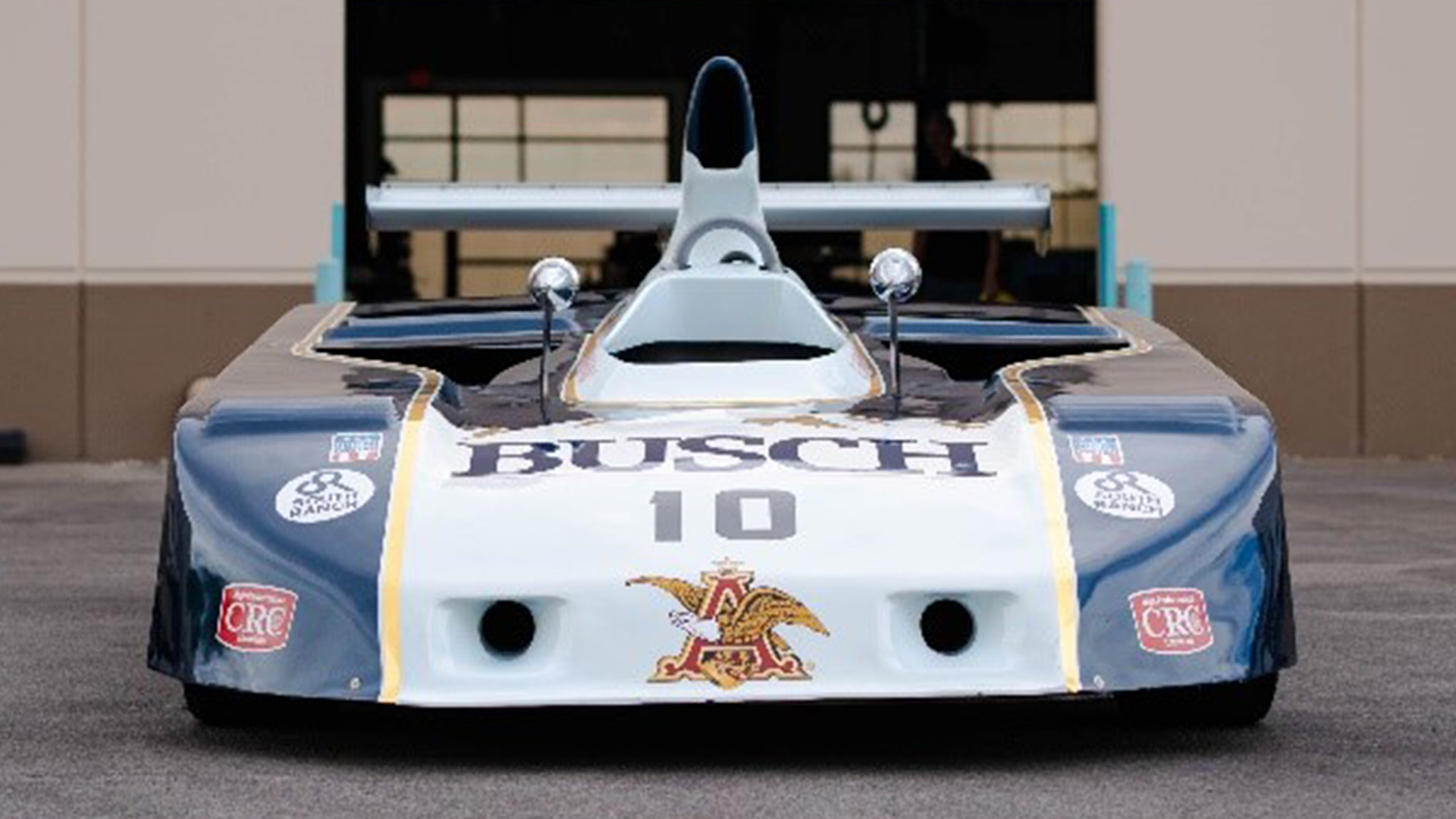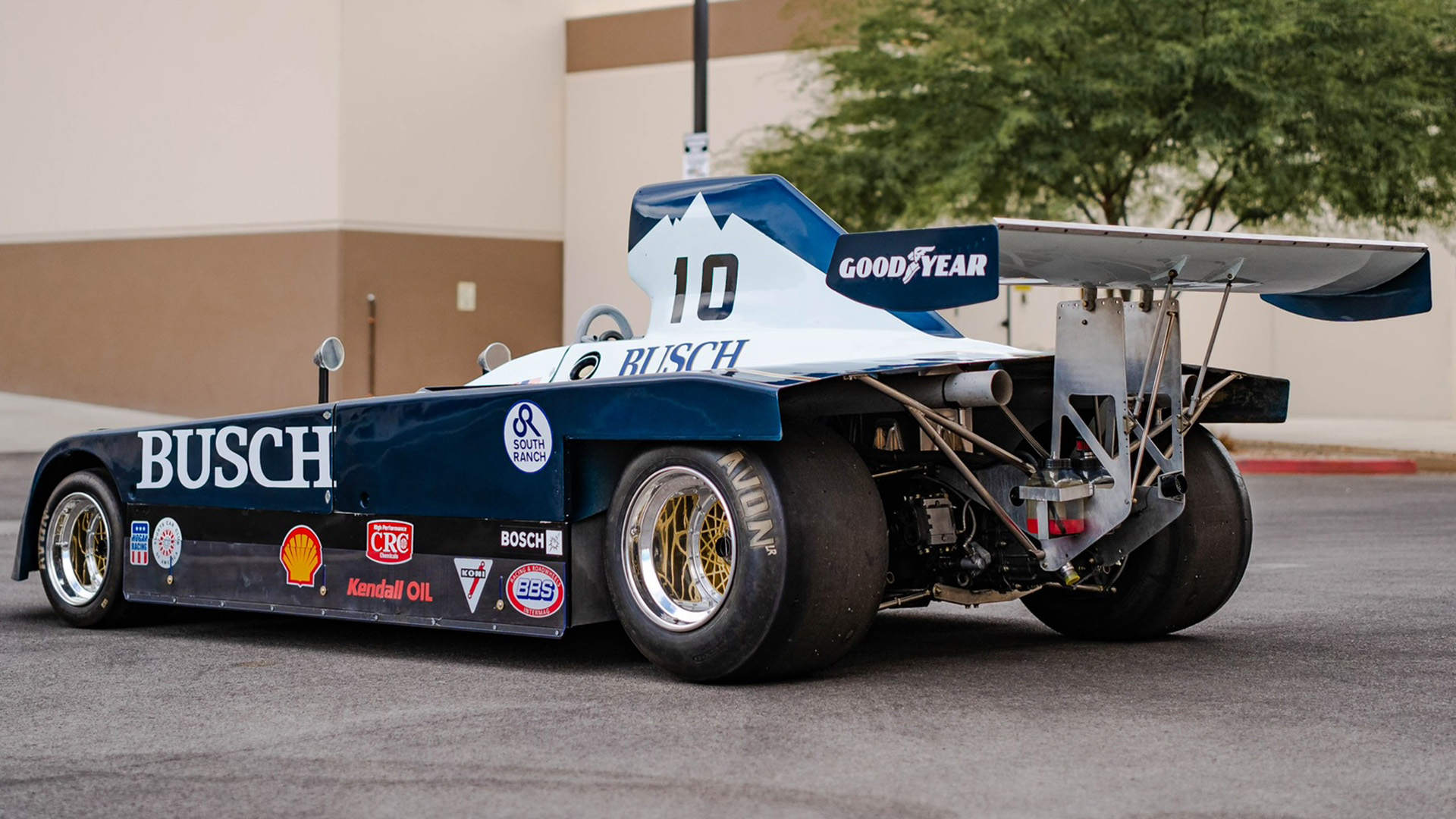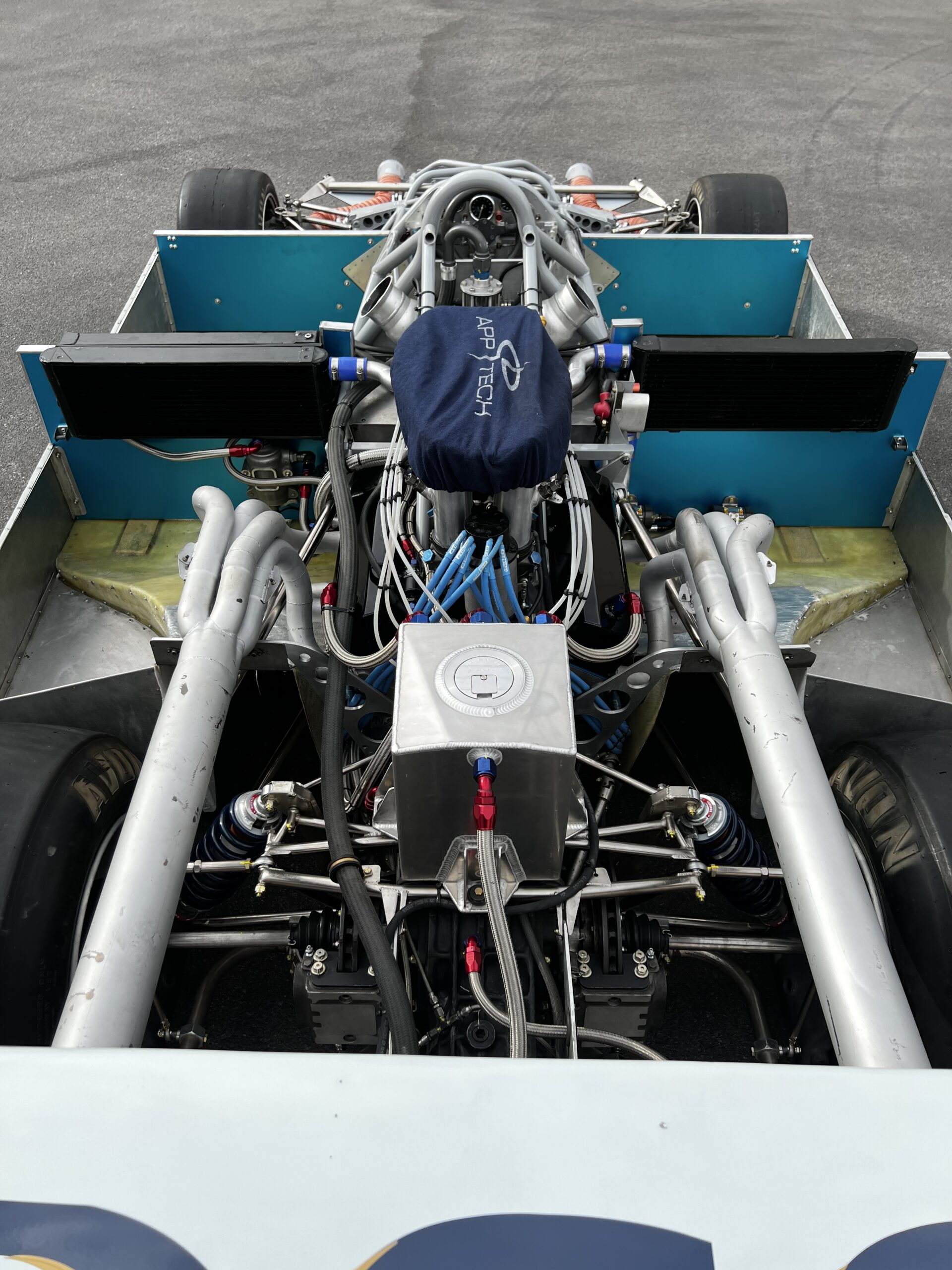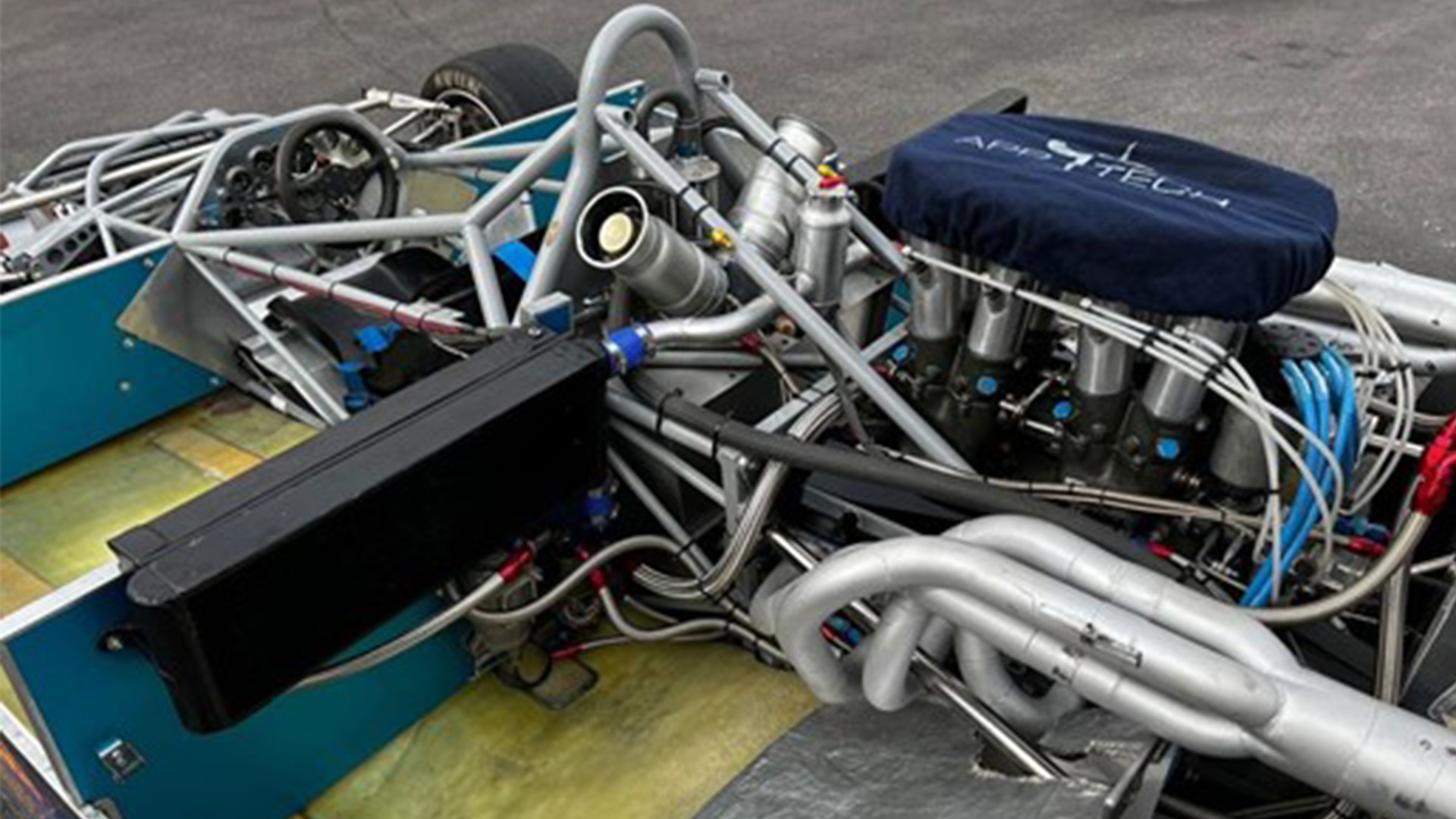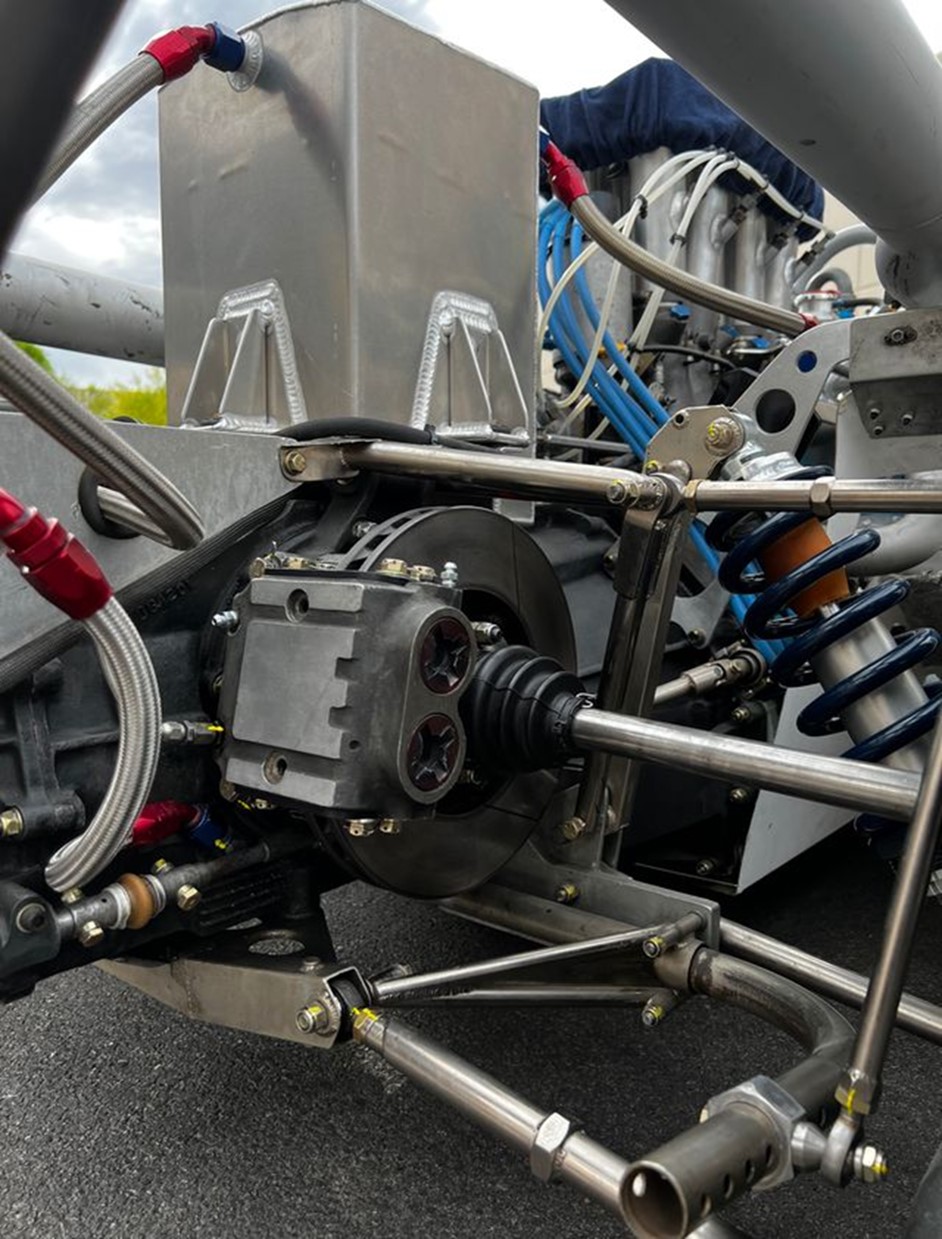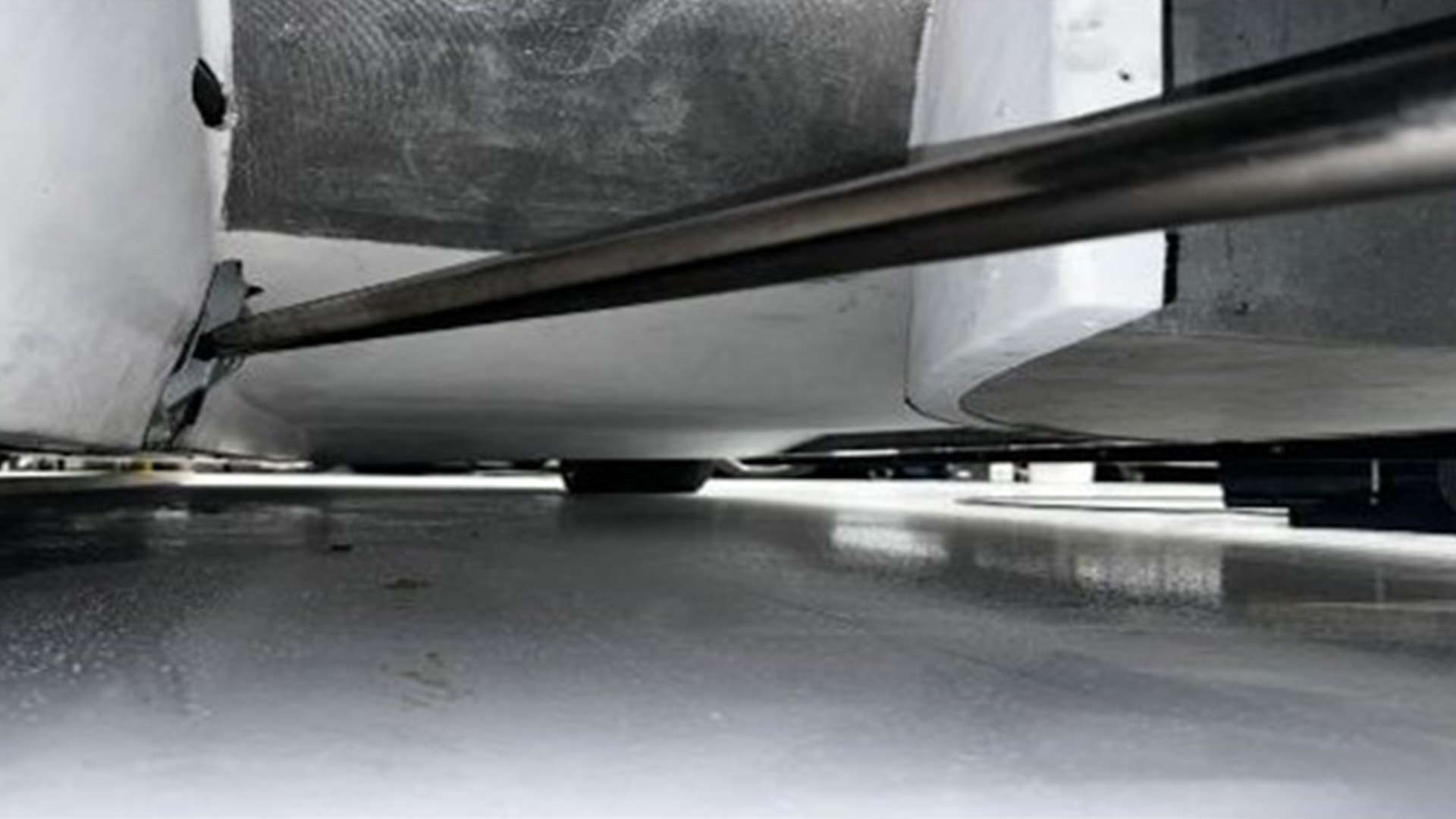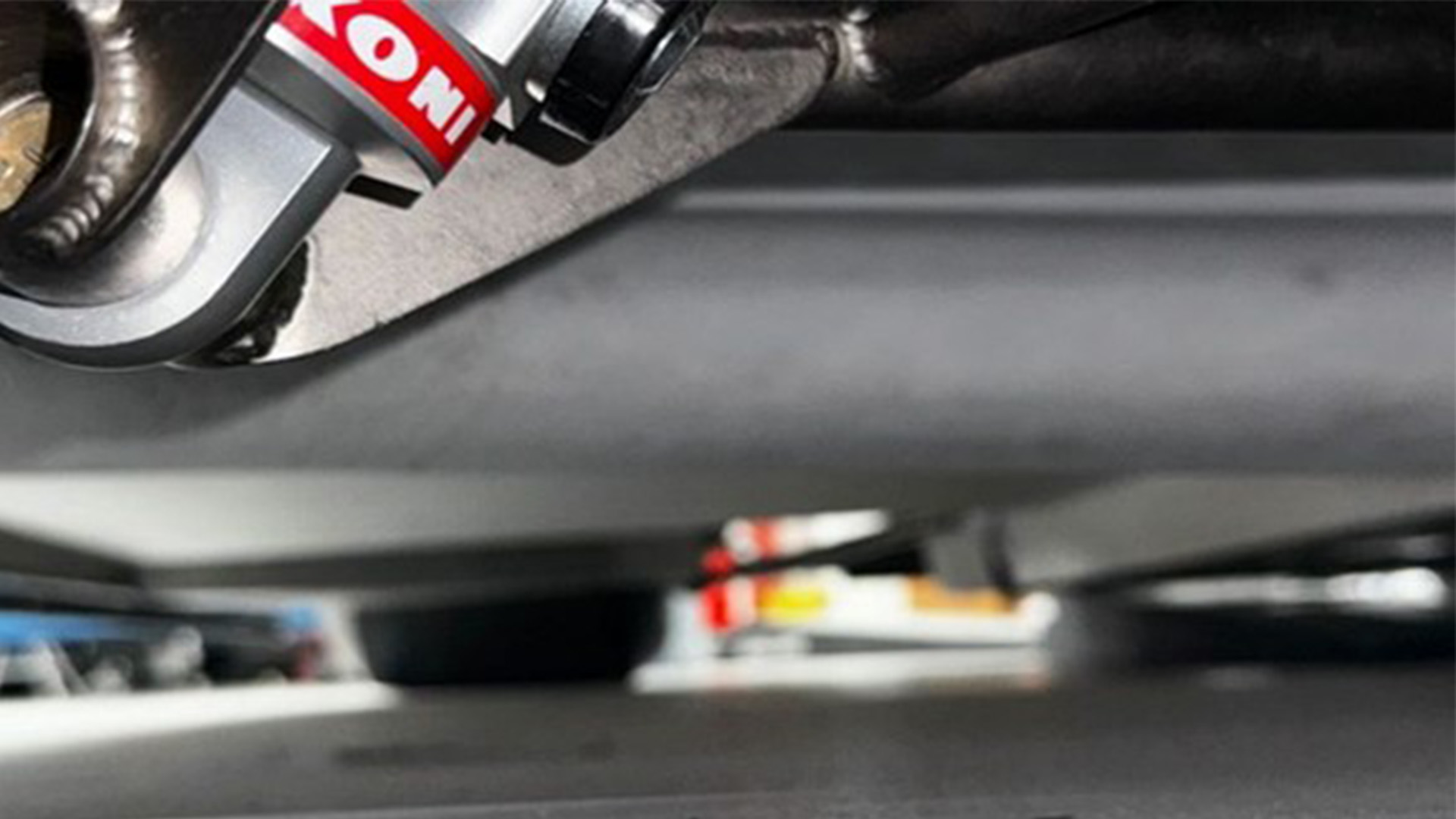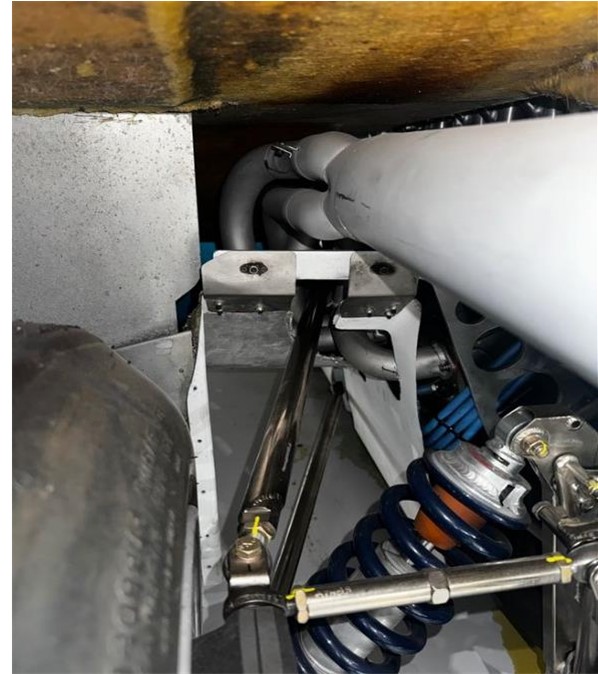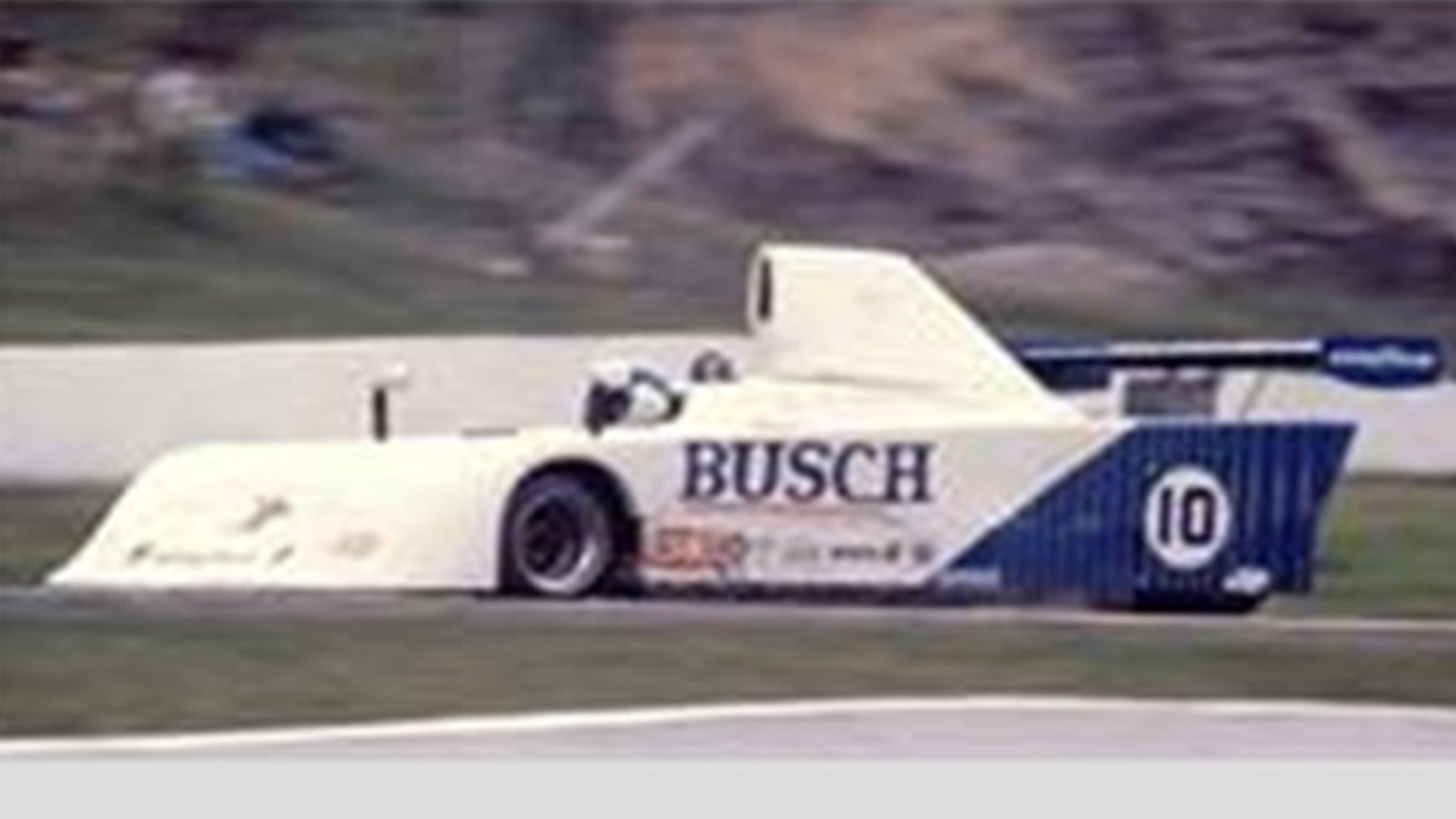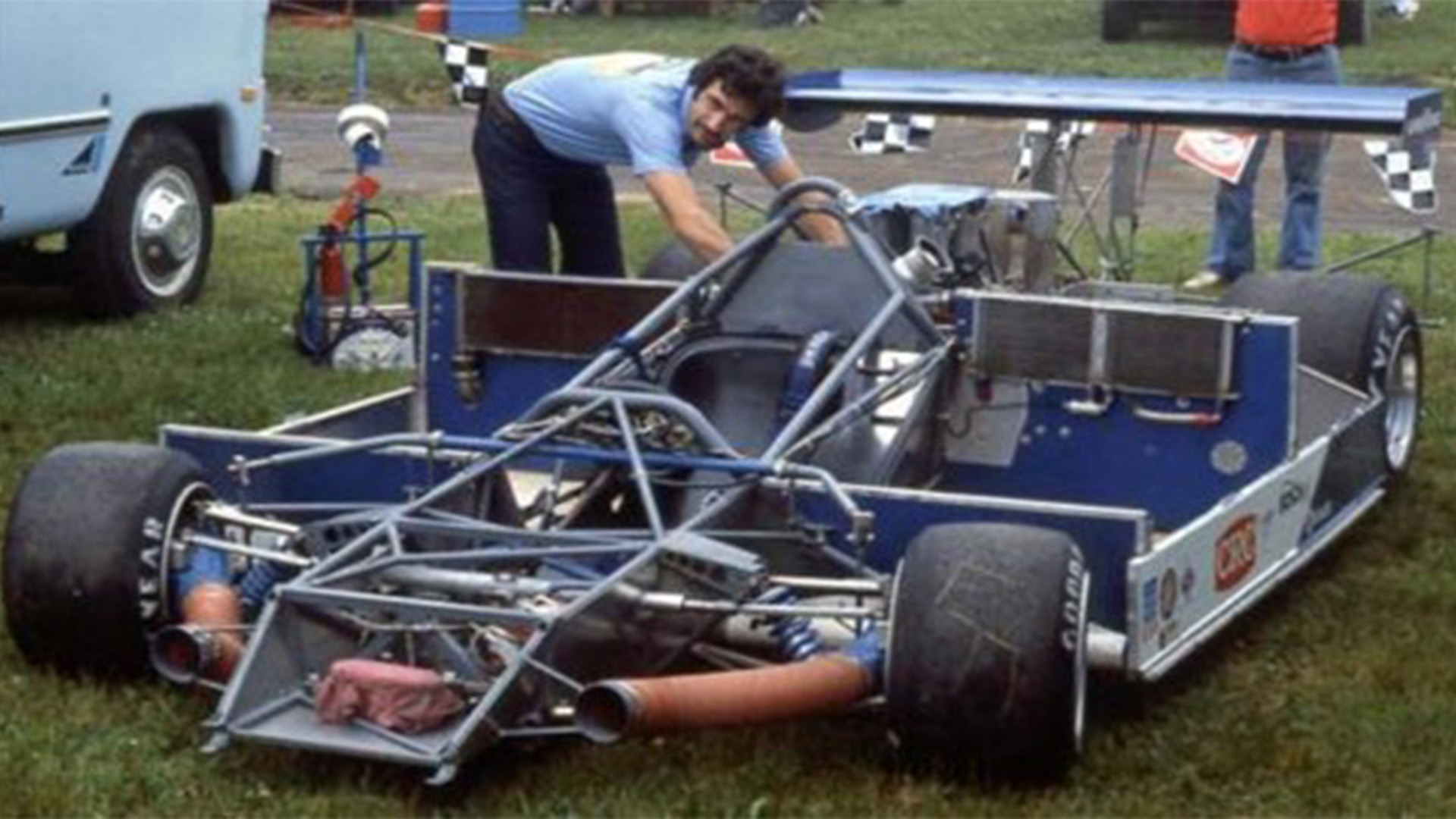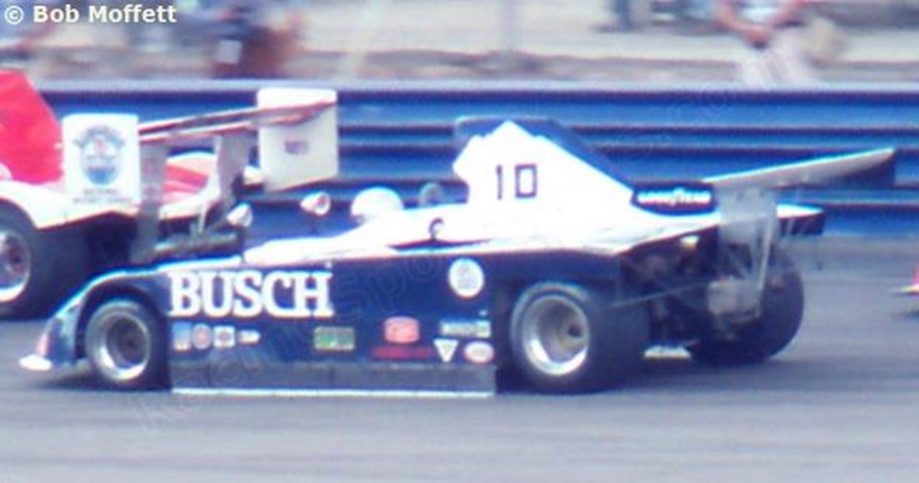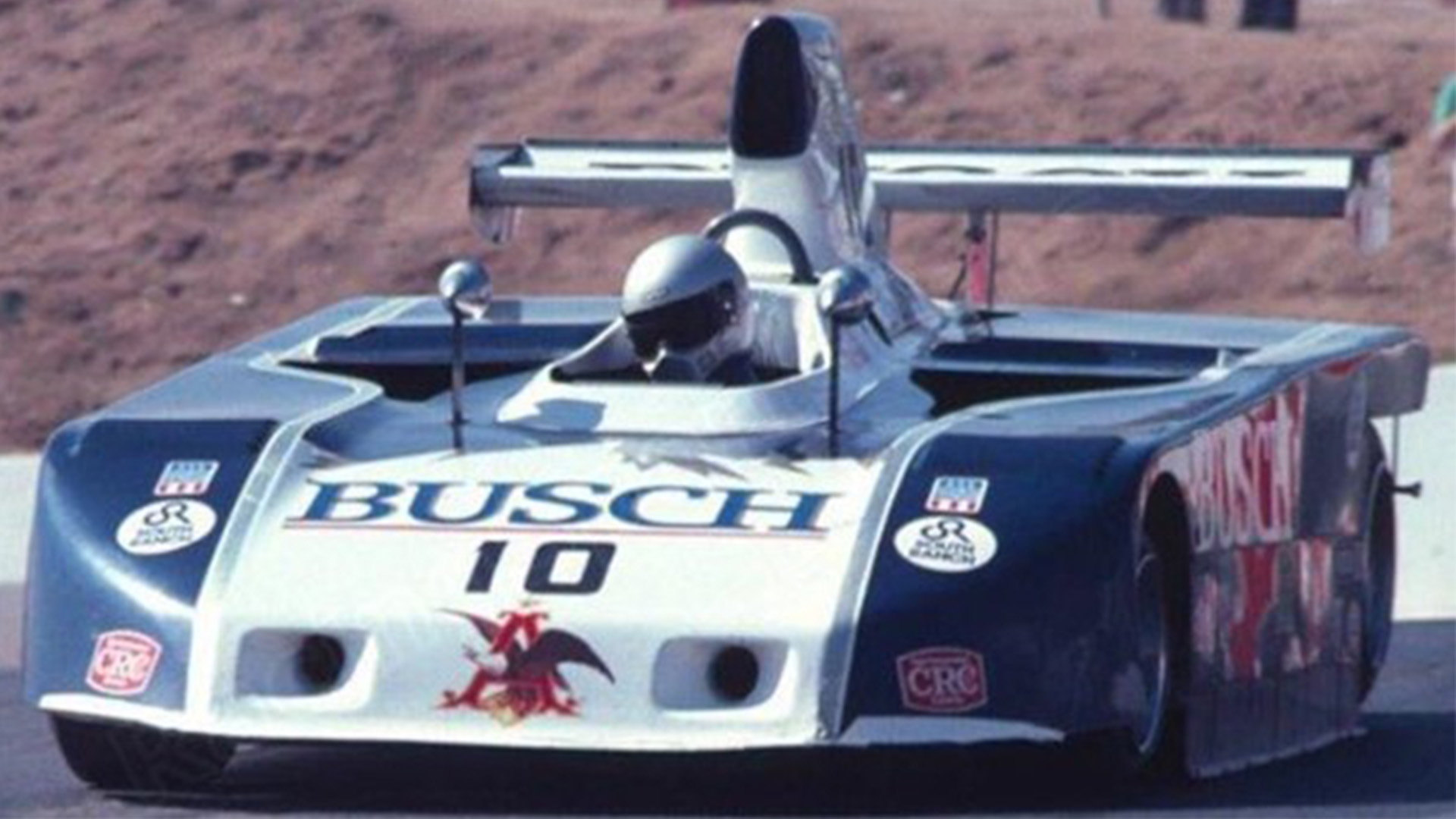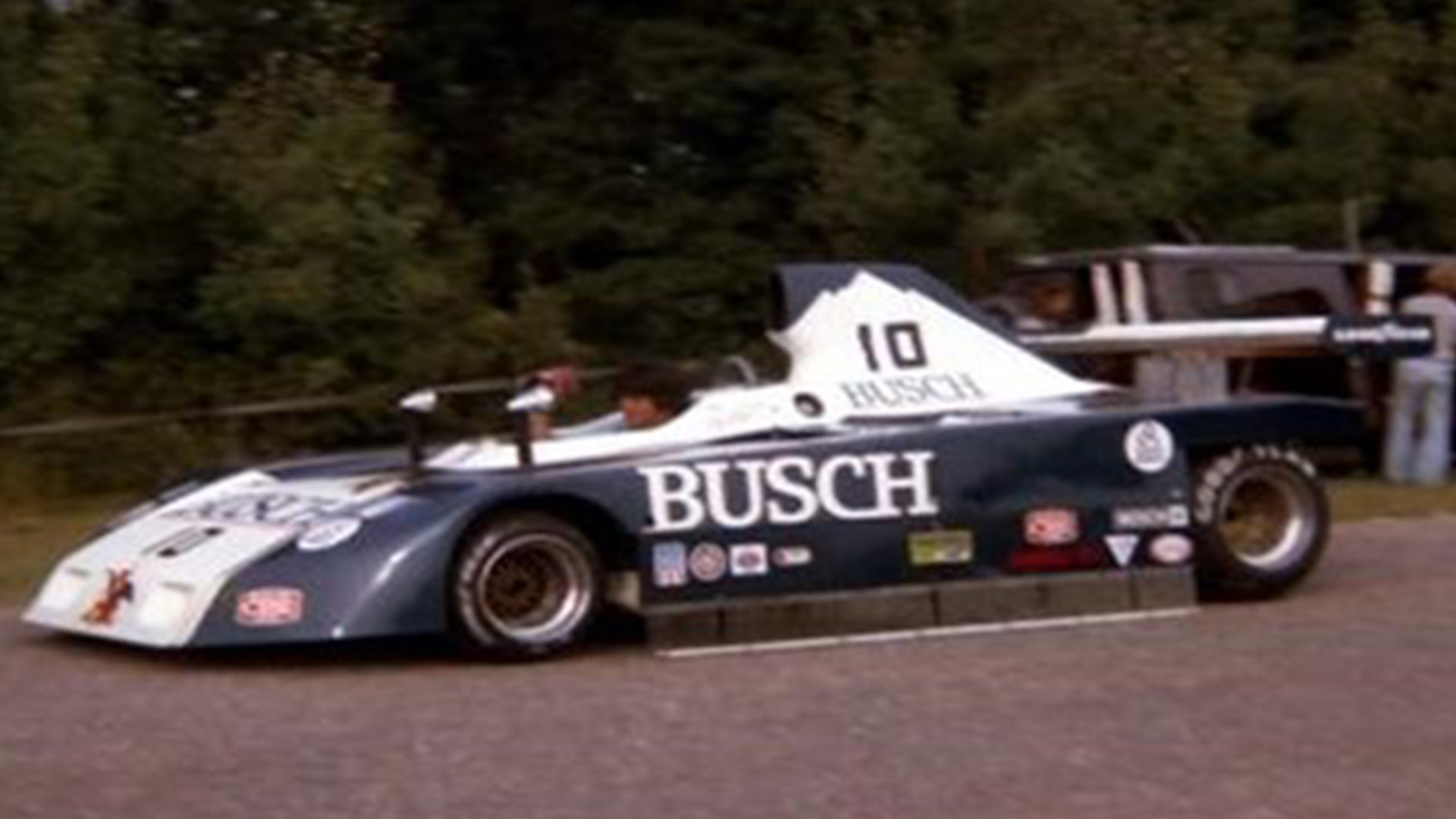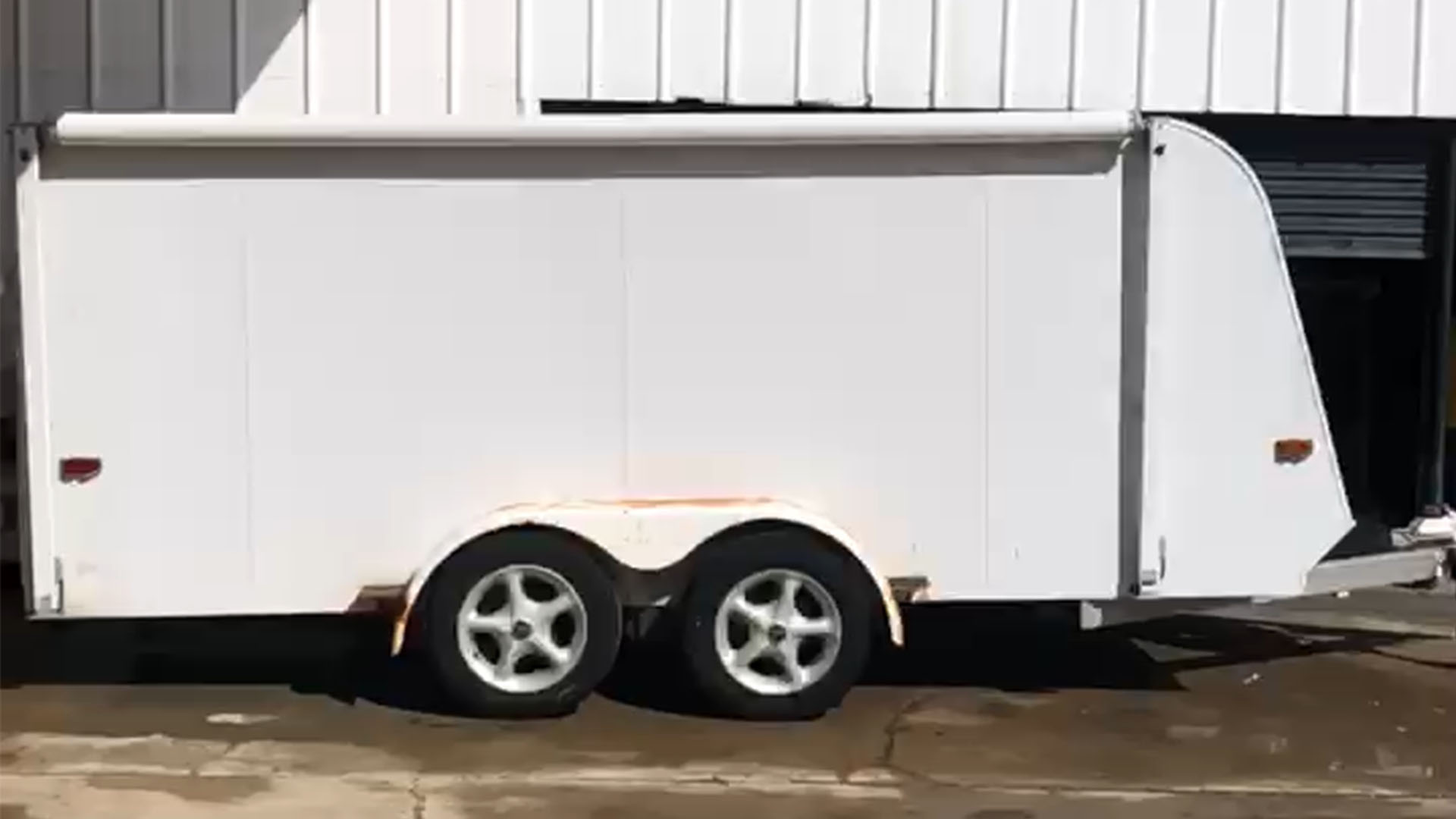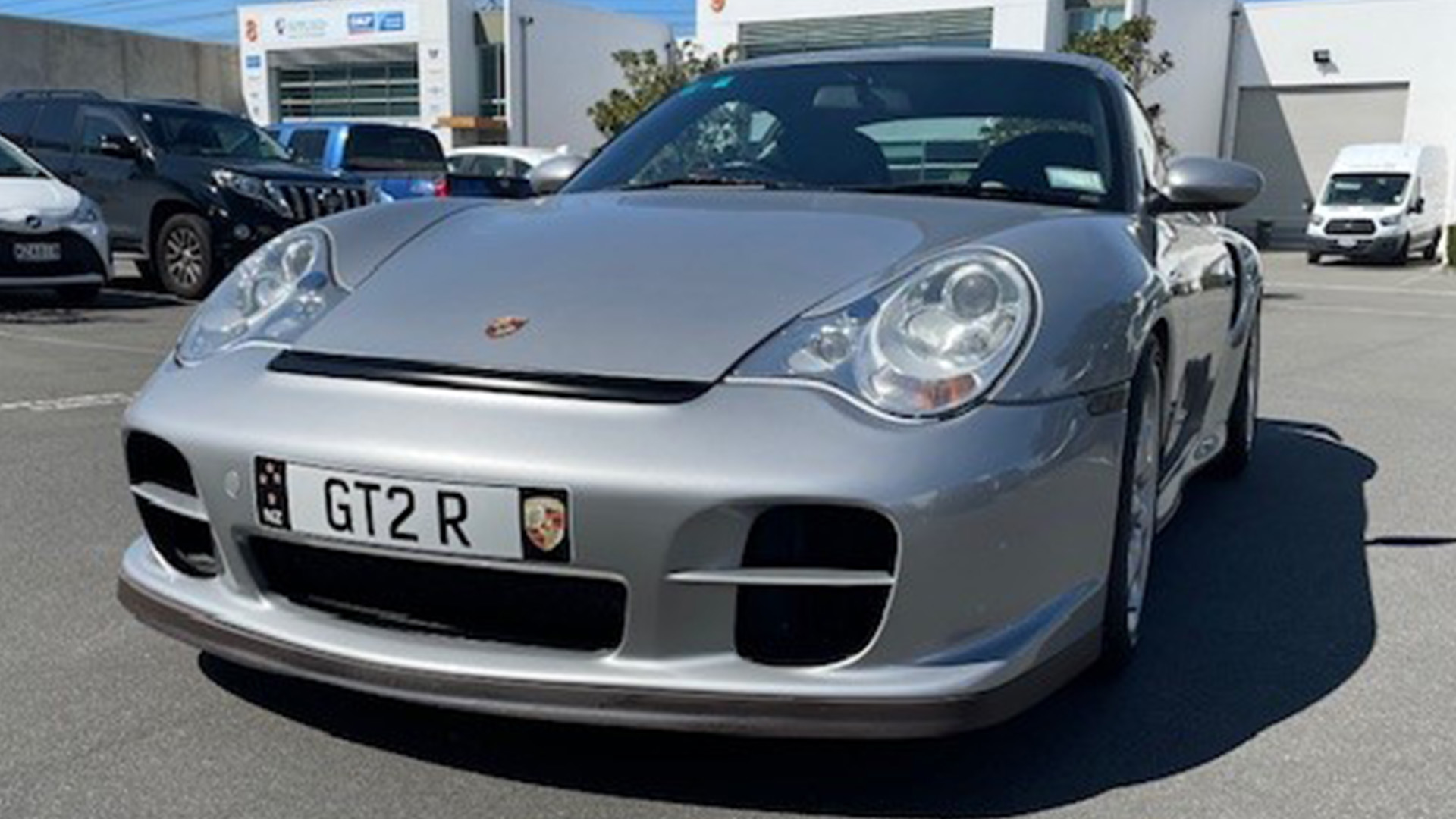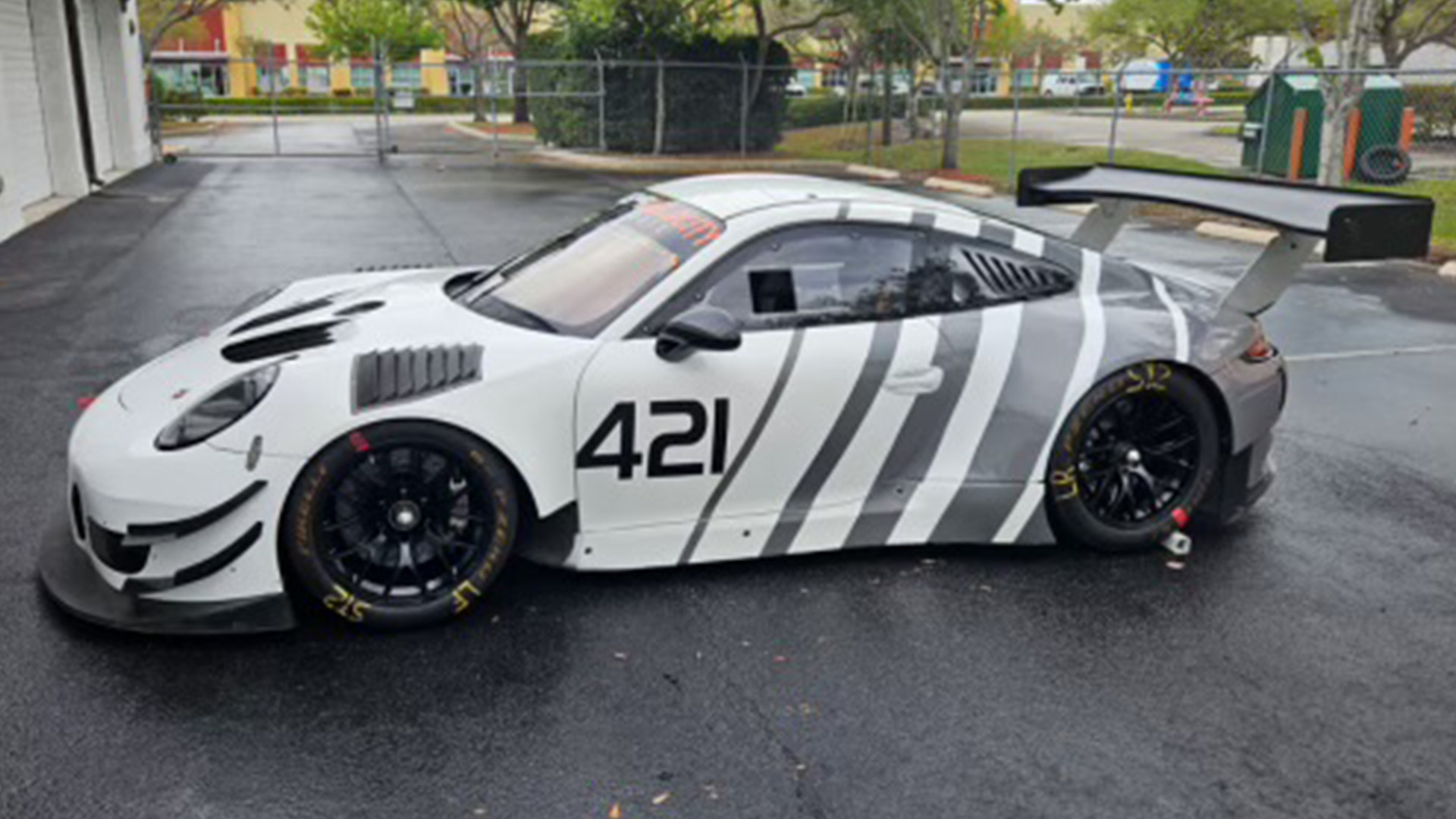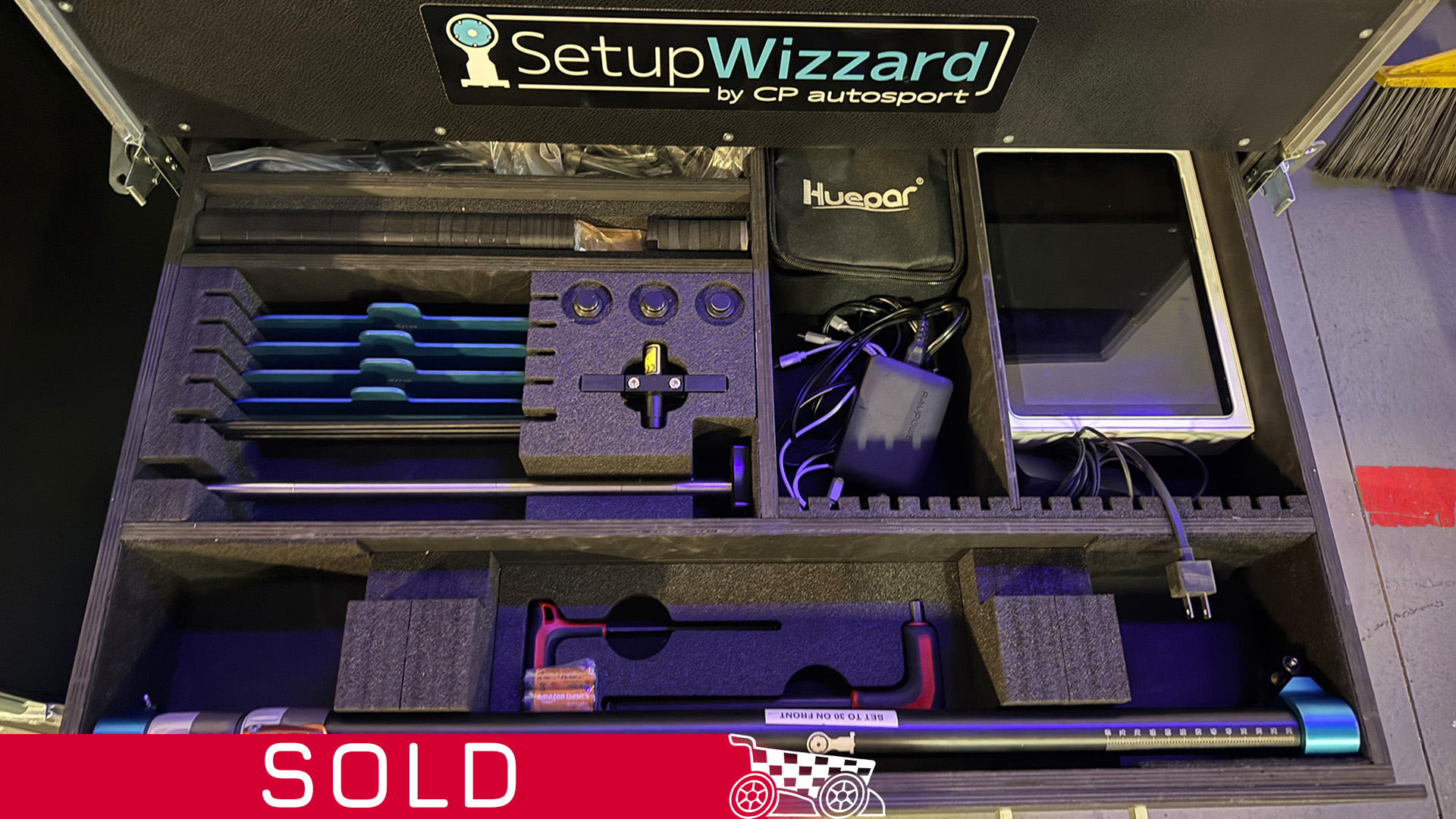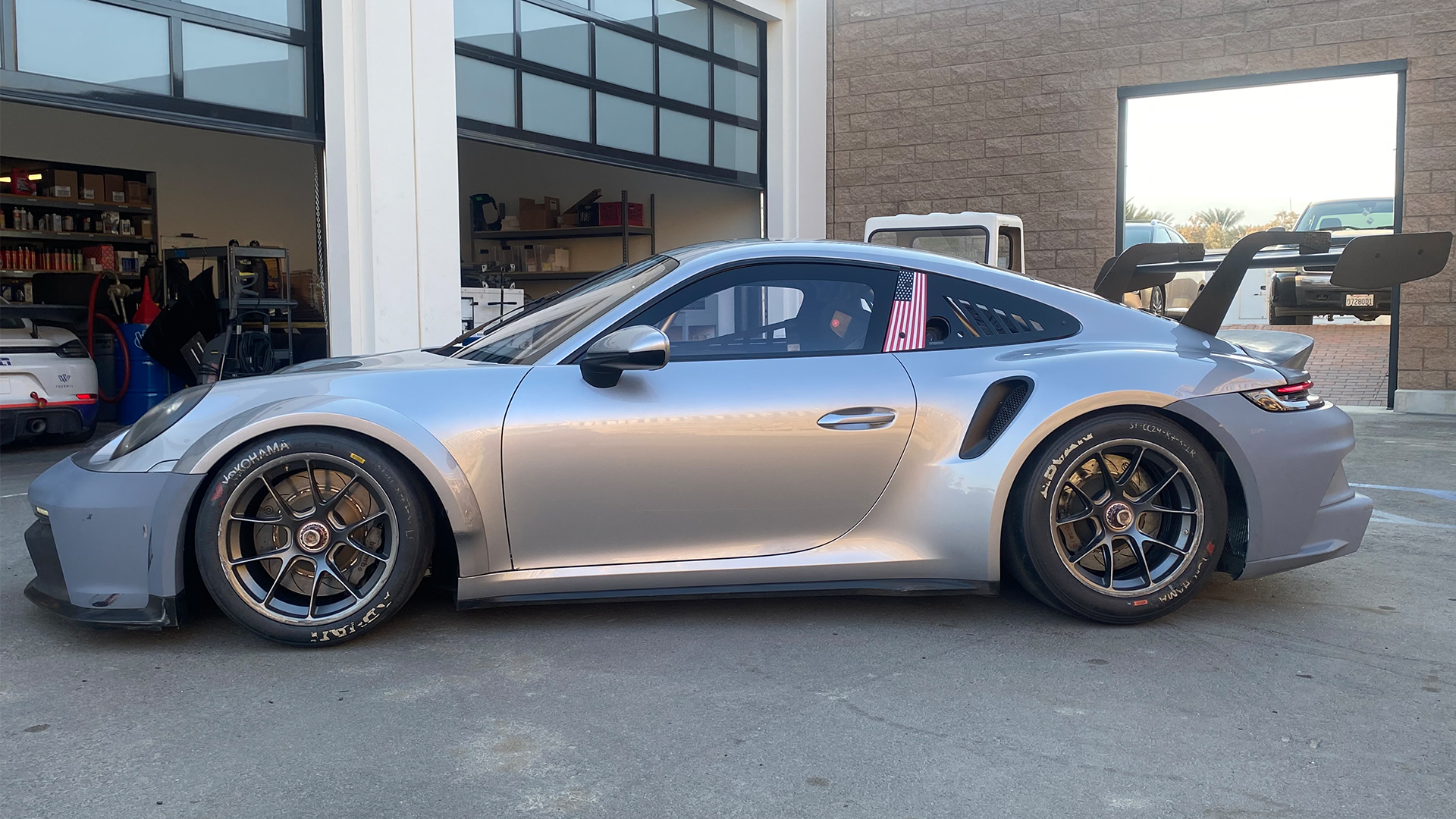1979 Hogan HR-001 Can-Am Vintage Center Seat Race Car For Sale

Year
1979
Make
Hogan
Model
Can-Am
VIN
HR-001
Mileage
TBD
Location
USA
Price
Price On Asking
Description
This is the only example produced of the 1979 Hogan HR-001 Can-Am Vintage Center Seat Race Car. It has been meticulously restored and is race ready. It is the first ground-effects design race car built and raced in U.S. history.
Veteran race car engineer Lee Dykstra designed the Hogan HR-001 for Al Holbert and Carl Hogan for the Can-Am series 1979 season. The Hogan HR-001 was designed with a new revolutionary body that used the new ground-effects concept, with enclosed rear wheels, an undertray designed to generate suction and side skirts. Under the body the Hogan HR-001 used the Formula 5000 Lola T333 suspension components and a 305-cubic inch fuel-injected Chevrolet V-8 racing engine.
Starting in 1978, Carl Hogan and driver Al Holbert retained racing engineer Lee Dykstra to work with them on their Center Seat Can-Am project. Holbert and Dykstra took notice of the benefits Formula One was having with ground effect cars in the 1978 season, they started discussing the project for the Can-Am series 1980 season. But due to a fire at a 1979 pre-season test at Road Atlanta which damaged their Lola T333CS chassis beyond repair, they decided to accelerate the design and development of this new car, bringing it forward to before the first race in the 1979 season.
Lee Dykstra in the three months between the fire and the first race for 1979, produced most of the 73 design drawings, Holbert Racing built and Hogan Racing assembled and tested the HR-001. It comprised a space frame chassis, Chevrolet Engine, Hewland Transaxle, BBS wheels and featured large under-car aerodynamic venturis.
The body was designed by stylist Randy Wittine of the Chevrolet Tech Center and Corvette design team. He had previously collaborated with Dykstra on many past programs like the Dekon Monza and subsequently future programs like the 1980-81 Can-Am CRC-1 and 1982-1985 Group 44 Jaguar GTP.
A digital copy of all drawings together with the original molds for the tunnel like experimental underbody venturis will be included.

During restoration, the space frame was color matched and repainted using a catalyzed single stage PPG#34615 or Mason #507549 paint. HR-001 ran two liveries, both with Busch® as the major sponsor. The early body and livery were run for the first seven races of 1979. It changed starting at the September 2nd race Trois-Rivières in Canada. Examples of both sets of bodywork and two of the later versions of the nose are included with the car as well as the molds. A major difference between the early version and the later version were the original smaller front brake ducts and full rear wheel covers that are also included.
Geoff Brabham drove the car in the last two races. The engine failed while he was running in third place at Laguna Seca. In its last professional race in 1979 at Riverside Geoff started from 8th position on the grid and finished 4th.
In interviews regarding his racing career, Brabham has credited the Hogan ride as his big break in racing, which led to a subsequent contract with the VDS Racing team where he won the 1981 Center Seat Can-Am championship.
History and ownership:
Carl Hogan Sr. at Hogan Racing retired the car in 1979, ultimately selling it in 1988.
Chuck Haines at CanAm Cars Ltd. was the owner from December 1988 to September 2005. He raced it occasionally in SCCA and vintage events.
Carlos De Quesada at Alegra Motorsport was the owner from September 2005 to June 2018. New tires and a new fuel cell were installed. The engine was rebuilt by Lozano Brothers in New Braunfels, TX. The car was never raced or shown.
The current owner has owned it since 2018. Replacement of all AN oil and water lines. 3-D printed and repaired Mackay intake manifold. Newly redesigned fuel cell. Newly redesigned fuel filtering and pressure regulation system. New fuel injectors and lines. Revised throttle linkage. New velocity stacks. Revised Dry-sump drive. New PRI brand (NASCAR, high RPM) valve springs. New Hewland gears and drive dogs. Rebuilt, repainted and polished BBS wheels. New adjustable blade type front anti-roll bar (two different spring rates). New 3D printed steering arms to correct bump steer. New tires. Uprights and Brakes rebuilt. Front body bracket redesigned and repaired with properly aligned brake ducts. Repair of Honeycomb tunnel brackets. Repair of cracked and aging front bodywork.
The car has never been crashed. The car is ready to race. Only the driver needs to be fitted into cockpit.
Some of the unusual tools needed to race are also included as well as spares.
The restoration focused on the expected aging of components and the reported performance failures observed during the 1979 season.
The later version body livery was in great condition and only required below surface repair.
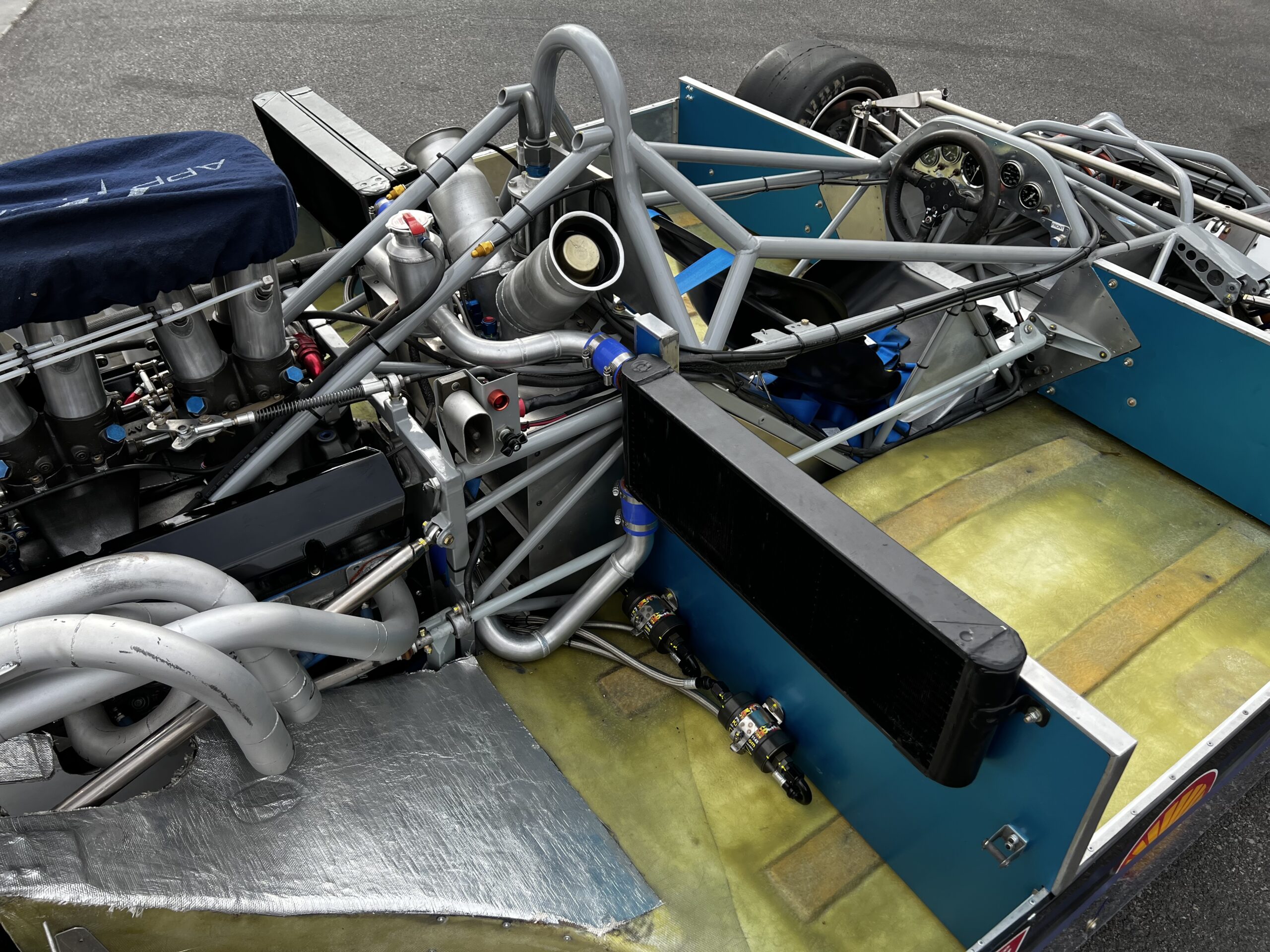
Engine:
1979 specification:
Bartz 5.0 Liter Chevrolet pro-race engine.
Steel large main journal crankshaft,
Carillo rods with high strength bolts.
Forged pistons.
Roller cam and rockers.
Brodex aluminum race prepared heads flowed by Gaerte.
Dry sump oil system with Weaver Brothers 3-stage pump.
Lucas timed fuel injection pump.
Vertex Magneto ignition with mechanical tach drive.
Borg and Beck triple plate clutch.
2005:
Rebuilt by Lozano Brothers.
Starting in 2019:
Heads removed and serviced by Ed Pink Racing Engines, with new high rpm valve springs.
New 12 quart dry sump tank and new AN lines.
Entire fuel system replaced with new AN lines, filters, schematic and Kinsler regulator. Injectors flow bench checked new fuel lines built also by Kinsler.
Chassis dyno test was video recorded and is on YouTube and can be found by searching for HR-001
Transaxle:
Original Hewland DG300 Mk2,
5 forward speeds plus reverse
limited slip differential.
New clutch release master and slave cylinder.
Brakes:
Floating 2-piece vented rotors front and rear.
Twin 2-piston AP/Lockeed inboard front calipers
4-piston AP/Lockeed magnesium calipers, rear.
New front and rear master cylinders.
Chassis:
Tubular steel space frame with wide aerodynamic ground effects tunnels.
Tunnel generated forces transferred into the chassis by vertical honeycomb panels. Adjustable sliding skirts controlling the under-car airflow
Five new skirts with full-length rub strips are included. A set is installed on the car.
Suspension:
Unequal length A-arms
New Koni double adjustable shocks.
Magnesium Lola T333CS front and rear uprights.
Lola center-lock axles.
Spare Lola bi-handed front upright and axle included.
Rear twin upper and lower radius rods combined with single upper and twin lower links
New Koni double adjustable shocks.
Some spare new rod ends and fasteners.
Original front and rear Koni shocks are included.
Body:
Original early and late body including side skirts.
Two later front body covered in late livery included.
Body and tunnel molds included.
Wheels:
Two complete sets of BBS center-lock magnesium three-piece wheels, factory inspected and painted with the outer rims highly polished.
Front: 13 inches x 10.5 inches
Rear: 15 inches x 14 inches
Fitted with new Avon slick tires
Front: 10/20 x 13
Rear: 14/27 x 15
Additional:
All Digital copies of Lee Dykstra designs for the HR-001.
2 lightened wheel nut sockets and
1 Ingersoll-Rand 450 lo-fi pneumatic gun
New Fire system.
New seat belts.
Dovetail Trailer, 20 feet long 87 inches wide (Car is 84 inches wide)
Many photos were taken during restoration and are available on request.


